Langtang National Park : The Trek and Nature Exploring Destination
Langtang National Park : Overview
Langtang National Park extends to parts of Rasuwa, Nuwakot and Sindhupalchok districts, reaching the border with allied China in the north. Mountains such as Langtang Lirung (7,243 m) and Himalchuli (7,864 m) add to its natural beauty. The rivers flowing out of the park flow west to Trishuli and east to Sunkoshi. Forests of Khatte Salla, Gabre Salla, Guras etc. are found here. The only autumn pine found in the angular forest (Langtang pine) is a special property of this park.
To make the Langtang National Park more beautiful and attractive, wild animals like leopard, habre (red panda), musk deer, mountain bear, thar, squirrel, red monkey and langur have become ornaments. Within the park are the Tibetan “Bon Po” monasteries and cultural sites, while the holy site of Gosainkunda has become a center for Hindus. Gosainkund and the surrounding lakes were listed as wetlands of international importance in 2007.
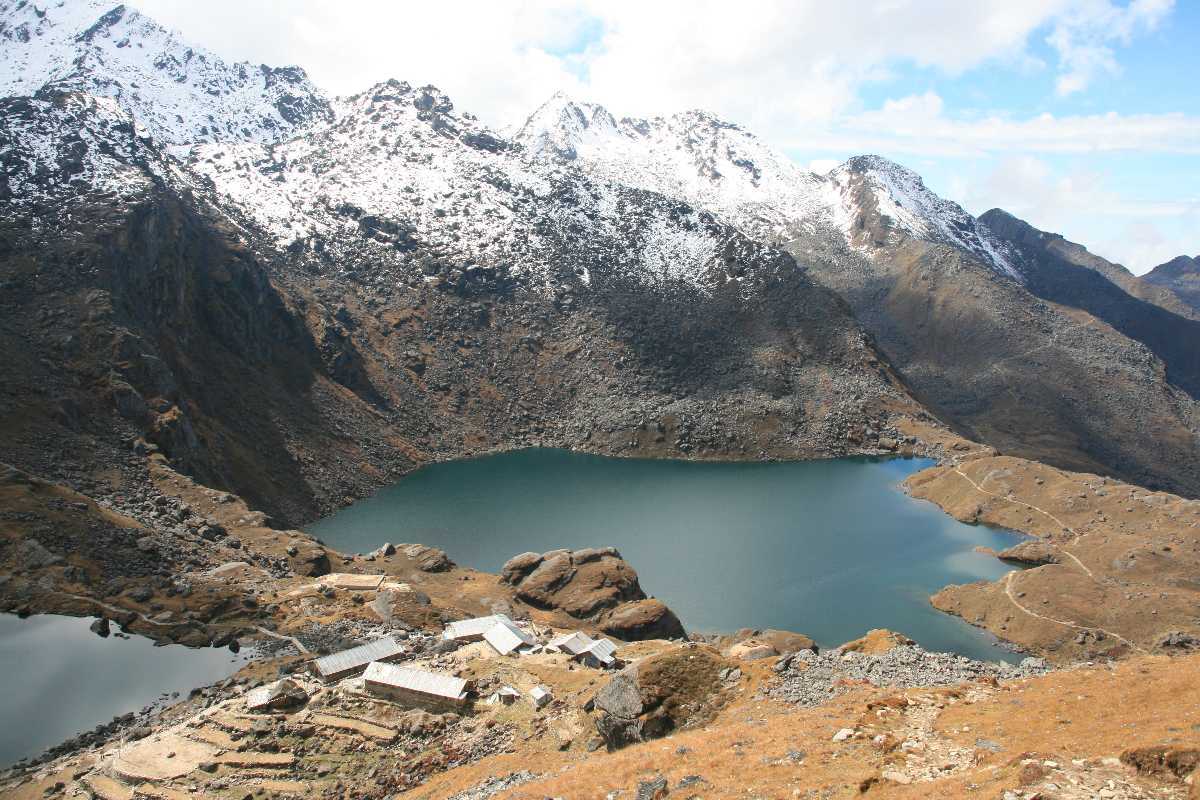
Langtang National Park
Nepal Government, By declaring an intermediate zone in 2055 BS, it has supported the socio-economic development of the local people.Although close to the capital and connected by road, this remote national park is very popular with hikers. The development of eco-tourism has directly supported the livelihood of the locals. around Langtang National Park.
Summary Of The Site :
Established: 2032 (1976).
M. Area. Established: 2055 (1998).
Area: 1,710 sq. Km.
M. Area. Area: 420 sq. Km.
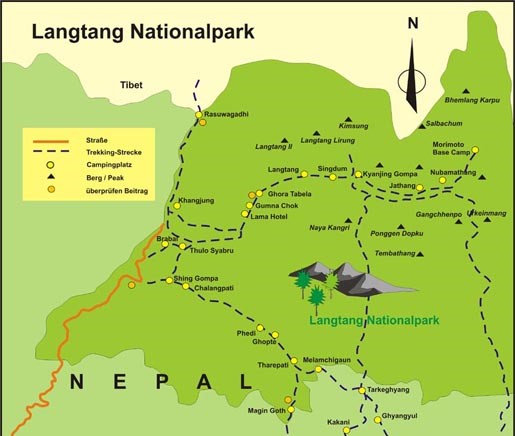
the overall map
The Vegetation And Wildlife in Langtang National Park

Langtang National Park : Vegetation
Sub-tropical vegetation is the type of forest found in Langtang National Park. Which consists of tress specially like Chirpine, Rhododendron, and Nepalese alder. The Temperate Zone (2600-3000m) is roofed mainly by oak forest fading to virgin forest forest of fir , hemlock, and larch within the lower sub-alpine zone (3000-3600m). The Nepalese larch (Larix nepalensis), the sole deciduous conifer within the region, is found during this park and few places elsewhere. Throughout these zones different species of Rhododendron like R. arboretum, R. barbatum, R. campanulatum, and R. lepidotum (scrubs) to call a couple of , form a colourful under story. Tree species like birch, fir , Sorbus microphyla and twisted Rhododendron campanulatum are found near the timber line . it’s here at 4000m Juniper and Rhododendron shrubs (R. anthopogon) slowly dissolve into expansive alpine grassland meadows.
The park is additionally documented for its populations of lesser panda , Himalayan black bear, ounce , wild dog, ghoral, serow and quite 250 species of birds.The park also offers an upscale cultural diversity. The three main ethnic groups in Langtang national park are the Tamang, Yolmo, and Bhotia. Each thought to possess originated from Tibet. Their culture .Their occupation is framing and cattle herding. Their religion is said to the Bon and pre Buddhists doctrines of Tibet. While the people of langtang valley are mostly bhotias with recent Tibetan origin. Many have intermingled with local tamangs.

The yak
The yolmo people of the Helambu region are often mentioned as “ Sherpa”. However, their language and socio-cultural found out donot resemble the Solukhumbu Sherpa. they’re rather more like Langtang Bhotias and should even have migrated from the Kyirung area of Tibet. Other hill tribes and castes like Brahmins, chhetri, newar and gurung inhabit the lower elevational range along the sides of the Langtang National Park.
Mt Macchapuchhere :Is it Opened for climbing ? know it .
The Weather In Langtang National Park
National splendors are offered from the month of May to September.The screeching sound of the Langur (The himaayan monkey) and the hush of the big temperate forest and glacial-craved snow-covered peaks,makes the weather in here out of the entire world.The weather is additionally relatively dry except January-February when one may encounter snow. Autumn is that the best time to go to the Park.

Trek to Langtang National park
Red white and pink rhododendron starts blossoming and the cold weather following the howling of the sal and fir trees. This makes you feel like a character of a cold season story. In search of the warmth, Yak and Chauri herds starts to climb to the higher altitude. Creating camps within the pastureland.Sky gets heavy with monsoon clouds and rains frequently in the month of June to August. Thousand of Hindus Pilgrims are attracted in Gosaikunda,during August for the celebration of the great festival and September witnesses spectacular scenario while livestock herds, once more , return to lower pastures.
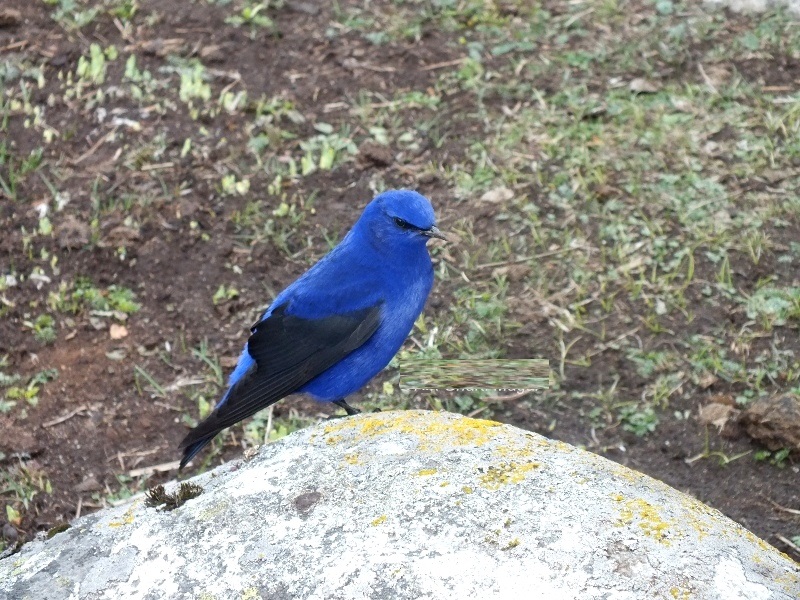
The Bird
Why Visit Langtang National Park?
Three main trek routes; 1) Langtang Valley, 2) Helambu and 3) Gosaikunda Lake cover much of the Langtang park and therefore the southern Helambu region. Lauribina La connects Langtang and Helambu . Hotel/lodge and campgrounds are made available in all of the three routes for groups which will help you a lot in the trek. TheLangtang National park offers a choice of moderate to harder hiking with duration starting from 3 days to three weeks. Lodges operate year round except during the height winter when the paths are blocked.
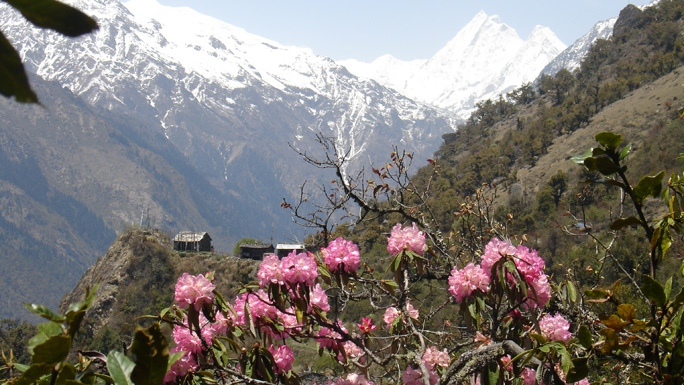
The scenery in langtang national park
Trekkers who take overtime to explore trailside wilderness hill top view point , and cultural sites are going to be well rewarded. One has got to be independent to venture remote areas of the Park like Panch Pokhari. At the east of Helambu, Langshisa glacier’s base, and the topmost valley of Kazin, and over the challenging Ganja La pass in upper Langtang Valley.
The Itinerary Of Langtang National Park
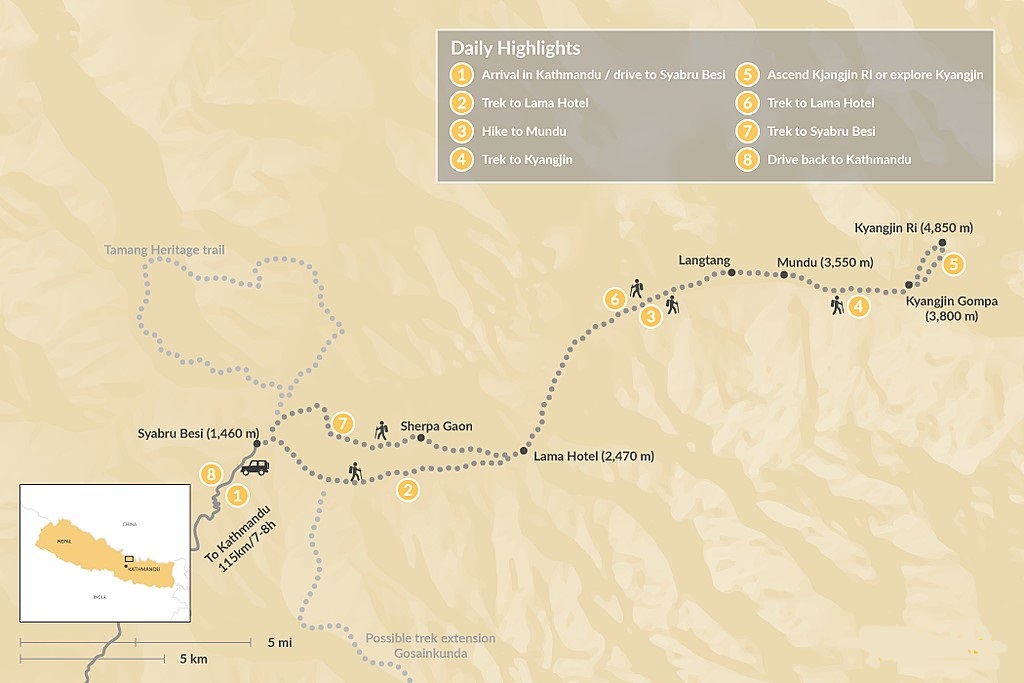
Map To Langtang National Park
Day Destination Overnight
Day 1 Welcome to Kathmandu! Kathmandu
Day 2 Explore Kathmandu’s historical sites Kathmandu
Day 3 Drive from Kathmandu to Syabru Besi Syabru Besi
Day 4 Trek from Syabru Besi to Lama Hotel Lama Hotel
Day 5 Trek from Lama Hotel to Mundu Mundu
Day 6 Trek from Mundu to Kyangjin Kyangjin
Day 7 Ascend Kjangjin Ri or explore Kyangjin Kyangjin
Day 8 Trek from Kyangjin to Lama Hotel Lama Hotel
Day 9 Trek from Lama Hotel to Syabru Besi Syabru Besi
Day 10 Drive from Syabru Besi to Kathmandu Kathmandu
Day 11 Depart Kathmandu
Comment Here!